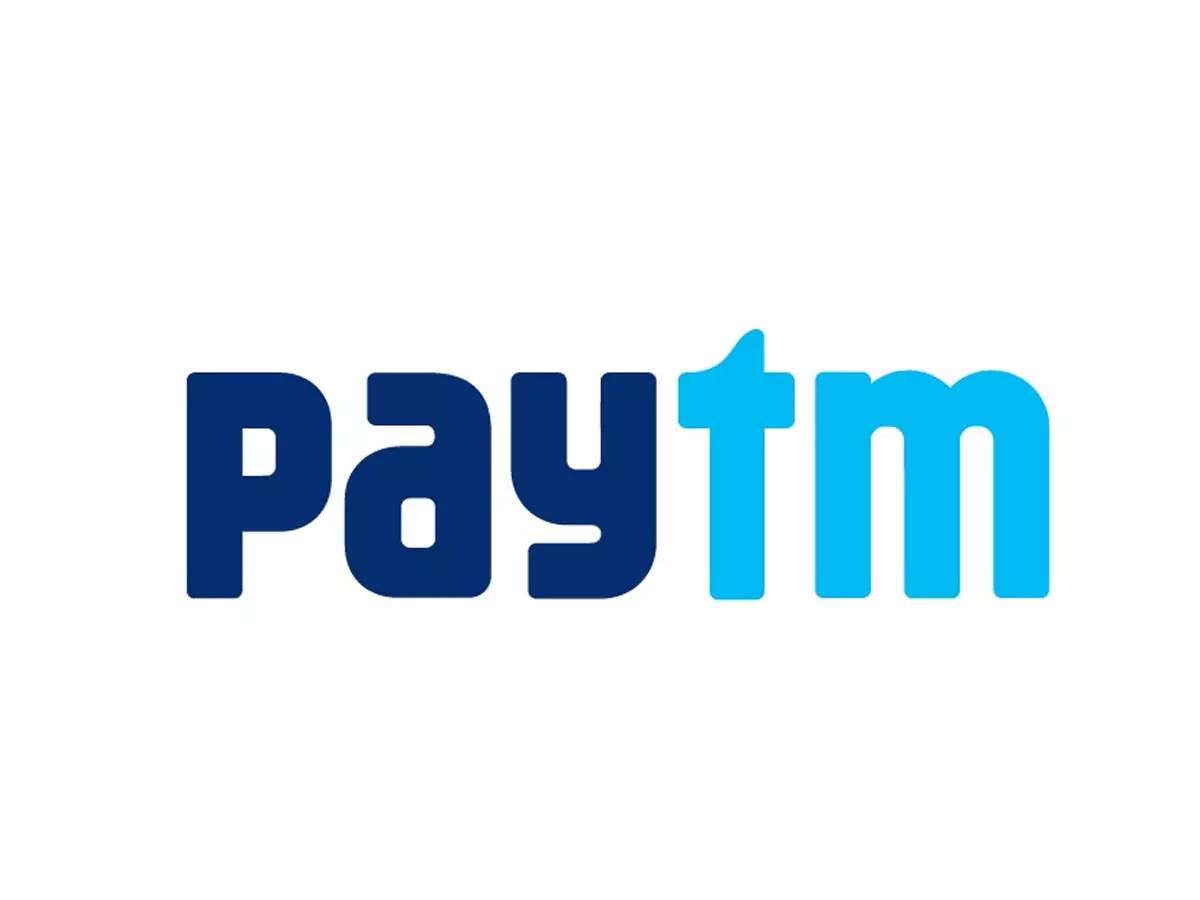Paytm is one of India’s leading payment apps which is a multinational financial technology company based in Noida, India. The meaning behind Paytm is (pay through mobile) which aims to provide all the financial services to your mobile phone which you can access at your fingertips. The CEO and founder of Paytm is Vijay Shekhar Sharma.
The parent company of Paytm is One97 Communications. The company provides QR code payment service which boomed in India with the rise of Paytm. This company offers various services to its customers such as wallet service, online payment gateway, mobile banking, and payment terminal.
“If you don’t give yourself a chance, who will? If you don’t take a chance, who will? and I think you should take a chance on you.” – Vijay Shekhar Sharma, CEO of Paytm
History Of Paytm
Paytm was established in August 2010 by its founder Vijay Shekhar Sharma in Noida, Delhi NCR, with an initial investment of $2 million USD. Initially focused on prepaid mobile and DTH (Direct-to-Home) recharge services, it expanded its offerings in 2013 to include debit cards, postpaid mobile, and landline bill payments.

Paytm got its major investment from the Sapphire Ventures of $10 million in October 2011. Paytm also launched its wallet in 2014 which emerged as a successful step in the market. Soon the Indian Railways and Uber added PaytmWallet as a payment option.
With the addition of many other features, the company reached the milestone of 10.4 crore registered users by August 2015. So the PaytmWallet was a huge success. In the same year, Paytm obtained a huge investment from one of China’s biggest company Alibaba Group which cost them a 40% stake of Paytm as per the agreement. This year only Paytm introduced its QR Code payment method with movie ticket service.
On November 18, 2016, PayPal lodged a complaint against Paytm with the Indian trademark office, citing the use of a logo featuring a color combination resembling its own. While there is no specific information available on the current status of PayPal’s complaint against Paytm.
This was the same time when demonetization took over India, which caused the rise of Paytm among the people and the use of QR code as a method of payment. After only three months of demonization, PaytmWallet customers grew exponentially over 60 million users reached the mark of 185 million users. Soon in November 2017, the number hit the mark of 280 million wallet customers.
In August 2018, the famous American company Berkshire Hathaway invested $356 million for around 4% of the company. Paytm introduced Paytm Soundbox intending to simplify digital transactions by offering audio guidance throughout transactions.
Downfall Of Paytm
During the meeting with the undercover reporter, Paytm’s Vice-President, Ajay Shekhar Sharma stated that the company provided the personal data of the Paytm users to the Government Of India, regarding the case of stone peltings in Jammu and Kashmir (a state of India).
On 18 September 2020, the company’s official app was unlisted from the Google Play Store on the accuses of violations of the Play Store’s gambling policy.
In November 2021, Paytm took a big step by going public, meaning that people could buy shares in the company. This move raised a huge amount of money around INR 18,300 crore, which is about $2.2 billion USD – and valued Paytm at a whopping $20 billion USD. This IPO was the biggest ever in India, making it a historic moment for the company.
When Paytm’s shares started trading on November 18, 2021, they opened at INR 1,950 on the NSE, which was lower than what many people expected. By the end of the day, the shares had dropped more than 27%, closing at INR 1,560. This drop was the largest one-day decrease in the history of Indian IPOs.
By the end of 2021, Paytm introduced Paytm Wealth Academy, which helps users learn trading and financial concepts at their own pace.
Related: PayTM Shares Drop by 3% After Rs.500 Crore Net Loss In Q4 Reports
In March 2022, the Reserve Bank of India took action against Paytm Payments Bank to protect the privacy and security of Paytm’s customers. They stopped Paytm from adding new customers because they found out that customer information was being shared with companies based in China. These companies indirectly owned part of Paytm Payments Bank.
On January 31, 2024, the Reserve Bank of India, made a significant decision regarding Paytm Payments Bank Ltd. They instructed Paytm to halt most of its operations starting from February 29, 2024.
The reason behind this action was that the RBI discovered that Paytm Payments Bank hadn’t been checking where its user’s money was coming from before letting them use their services. This decision aimed to ensure that proper protocols were followed to maintain the integrity and security of the banking system.
Financial Performance Of Paytm
As of June 2024, the market capitalization or net worth of Paytm is estimated to be around $2.88 billion USD.

According to FY2023, the company had a net income of INR 1,568 crore with an operating income of INR 1,730 crore, which means the company is at a loss.
Here’s the list of shareholders of Paytm and their respective stake percentage:
During the COVID-19 pandemic, Paytm Foundation set up oxygen plants in 12-13 cities in India. Through Paytm helping hand program you can donate to many organizations working for the betterment of society. Paytm has been a promising player in the field of financial sector of India. Paytm brought the revolution of digital India and is India’s leading payment app serving 20 million merchants. Paytm has a user base of around 300 million who use it as a payment method in day-to-day life.
Paytm has brought lots of reforms and improvements with time and is continuing to grow with its competitors such as MobiKwik, Ant Financial, Redington, and many others. Paytm has emerged as a pioneering force in India’s financial technology landscape, revolutionizing digital payments and financial services
Despite facing challenges, such as regulatory actions and competition, Paytm has consistently expanded its offerings and user base, now serving millions of merchants and customers. Its journey from a mobile recharge platform to a comprehensive financial services provider underscores its commitment to innovation and adaptability in the ever-evolving fintech sector.









